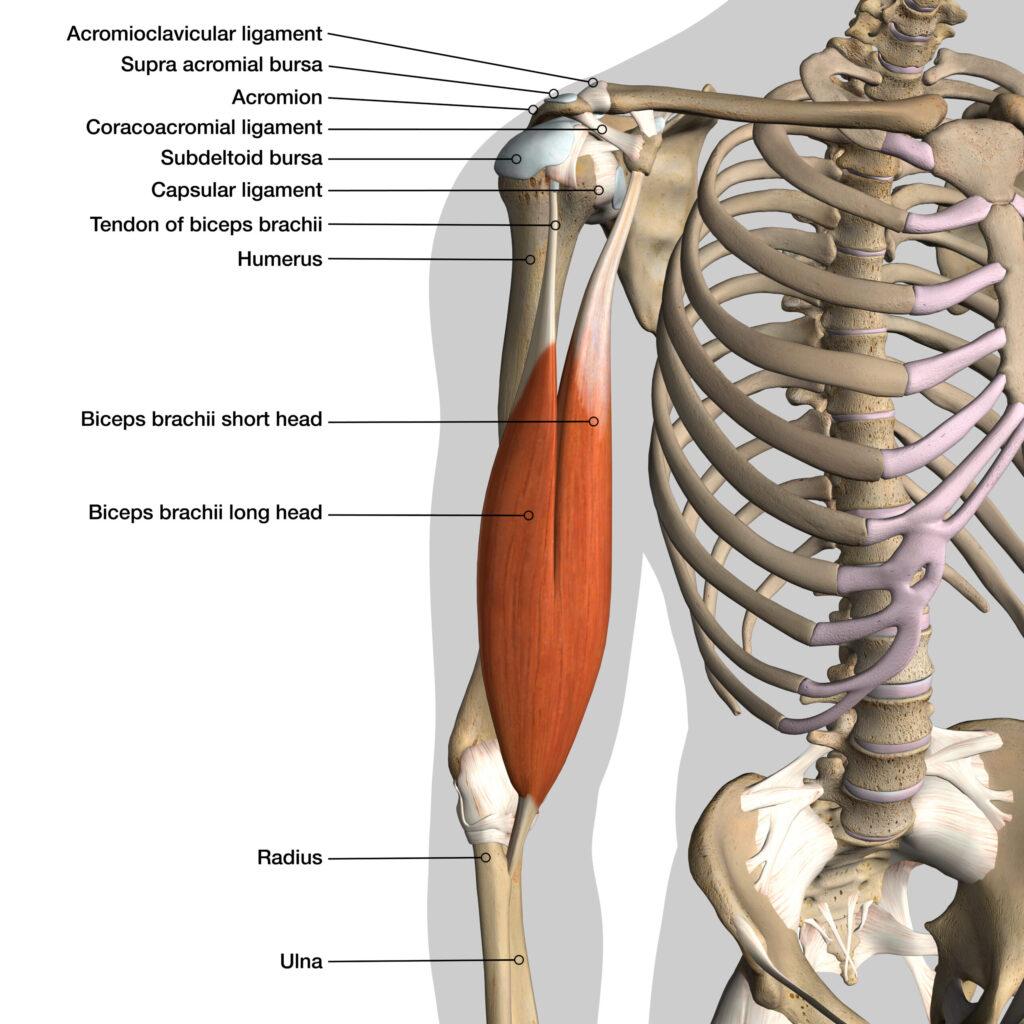Distal Biceps Ruptures Treatment in Manhattan Beach and Torrance, CA
What is a Bicep?
Ruptures, or tears, of the distal biceps are injuries to the biceps tendon attachment to the forearm. The biceps consists of two muscle bellies, the short head and long head. They come together to form a single tendon that attaches on the radius bone in the forearm.
The main function of the biceps is to turn the palm up, called supination. In French, the biceps is called the “great supinator”. The secondary function of the biceps is for elbow flexion. There is a muscle deep to the biceps called the brachialis that functions primarily to flex the elbow.
Dealing with a bicep rupture can be disheartening, but there’s hope for recovery and renewed strength. Beach Cities Orthopedics and Sports Medicine, a trusted orthopedic surgery clinic in Manhattan Beach and Torrance, California, offers specialized solutions for bicep ruptures to help you regain functionality and embrace an active life once more.

Dr. Morgan cares for patients in Manhattan Beach, Torrance and surrounding areas. Take the first step toward a stronger bicep today! Call 310-546-3461 to schedule your appointment with Dr. Morgan today!
What is a Bicep Rupture?
In most distal biceps ruptures, the biceps tendon detaches from the bone during an episode of heavy lifting with the arm extended or with forced extension of the elbow. Patients often describe feeling a pop in the elbow with pain, followed by bruising and a change in the appearance of the biceps.
This deformity of the biceps muscle is referred to as a “Popeye” muscle, referring to the old cartoon sailor with the same name. The muscle retracts up the arm creating a bulge which resembles Popeye’s muscles after eating spinach.
How are Bicep Tears Treated?
Complete tears are treated surgically to restore the strength and function of the biceps. These injuries are best to be evaluated urgently, with surgical outcomes improved if performed within a month from injury. Chronic tears lead to further retraction of the muscle making repair more difficult or impossible. In the setting where repair is not possible, reconstruction with a donor cadaver graft is used.
Surgery is done as an outpatient and takes about 1-2 hours. The biceps is reattached to the bone through a small incision on the forearm. Recovery requires 2 weeks in a splint followed by 4-6 weeks in an elbow brace. Lifting begins around 12 weeks out from surgery. Full range of motion and restoration of strength is expected with surgical treatment. Re-ruptures are rare if proper post-operative protocols are followed.